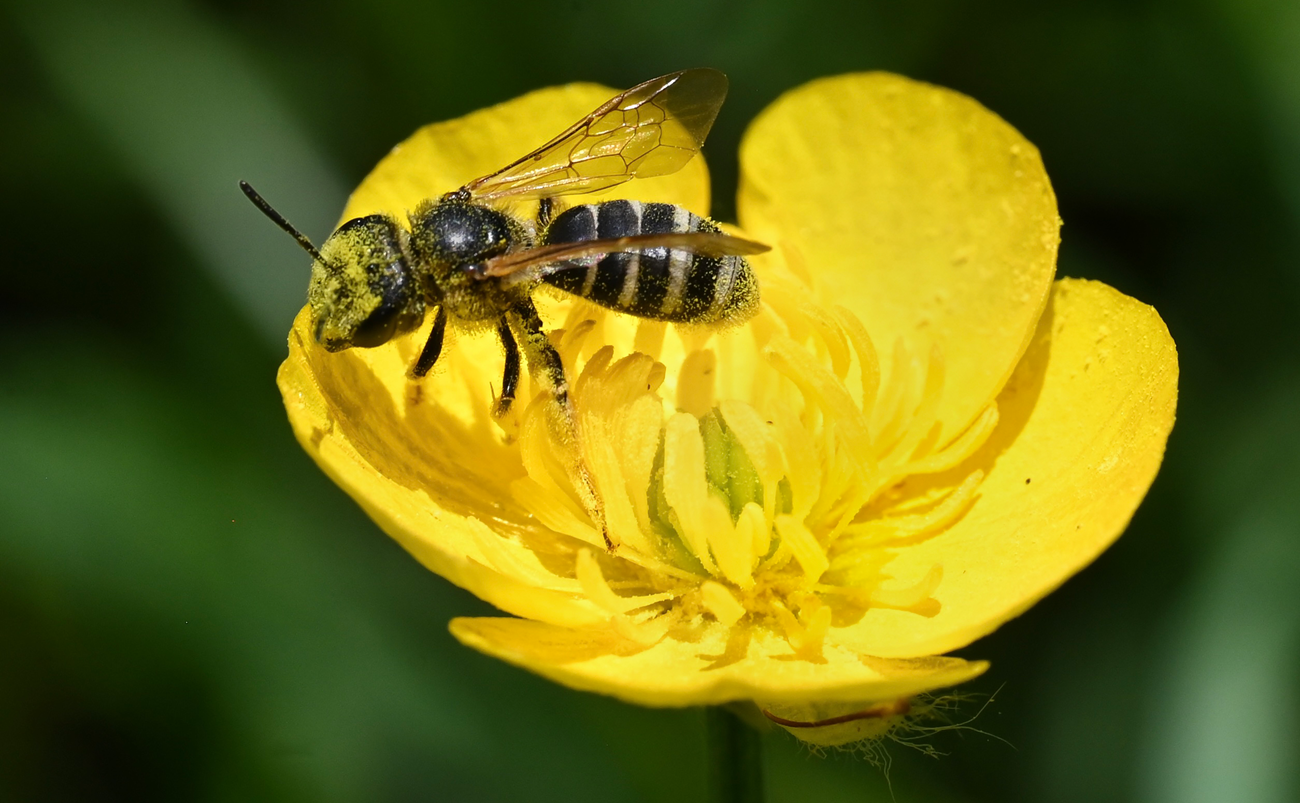
NPS Photo / Christina Martin
What is a pollinator?
A pollinator is anything that helps move pollen from one part of a flower to another. This movement fertilizes a plant, helping make seeds, fruits, and new plants. Some plants can pollinate themselves, and others use wind or water to move their pollen. But many plants need help from insects and animals like bees, butterflies, birds, bats, and even some small mammals.
Pollinators visit flowers to find food, shelter, and nest-building materials. Some pollinators, like bees, collect pollen on purpose. Others, like butterflies or birds, move pollen by accident as they move. As they drink nectar or land on flowers, pollen sticks to their bodies and gets carried to the next flower they visit. This is how pollination happens!
Why are pollinators important?
- Pollinators are responsible for 1 out of 3 bites of food we take each day. Pollinators help plants produce seeds, fruits, and vegetables.
- Healthy ecosystems depend on pollinators. At least 75% of all flowering plants on Earth are pollinated by insects and animals! This amounts to more than 1,200 food crops and 180,000 different types of plants—plants which help stabilize our soils, clean our air, supply oxygen, and support wildlife.
- They're part of a healthy economy. In the United States alone, pollination by honey bees contributed to over $19 billion of crop production in 2010, while pollination by other insect pollinators contributed to nearly $10 billion of crop production.
Last updated: June 13, 2025
